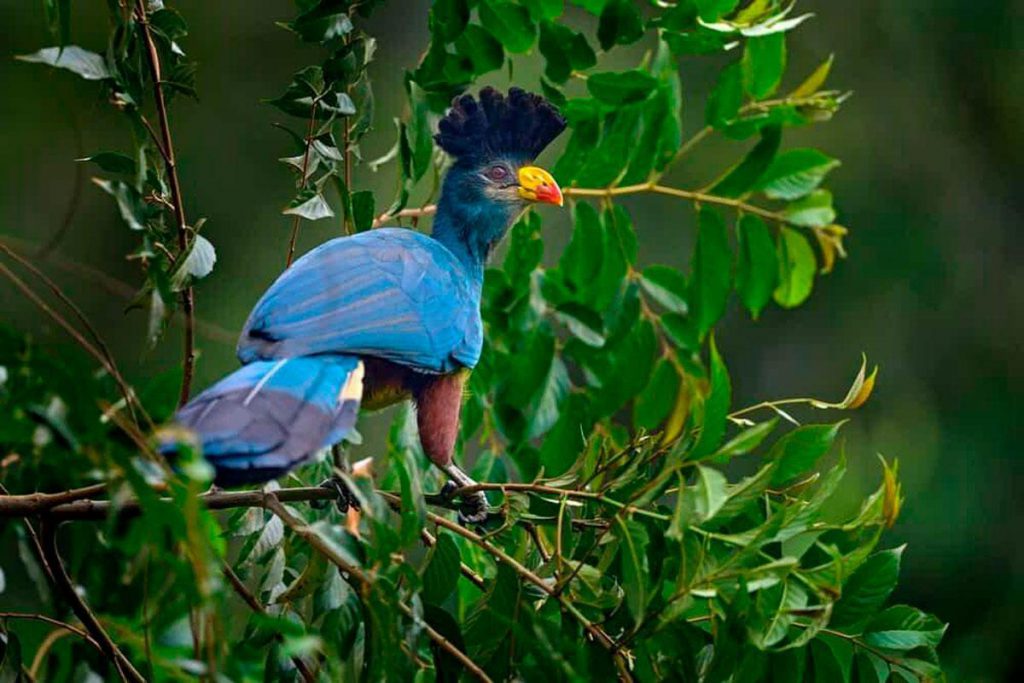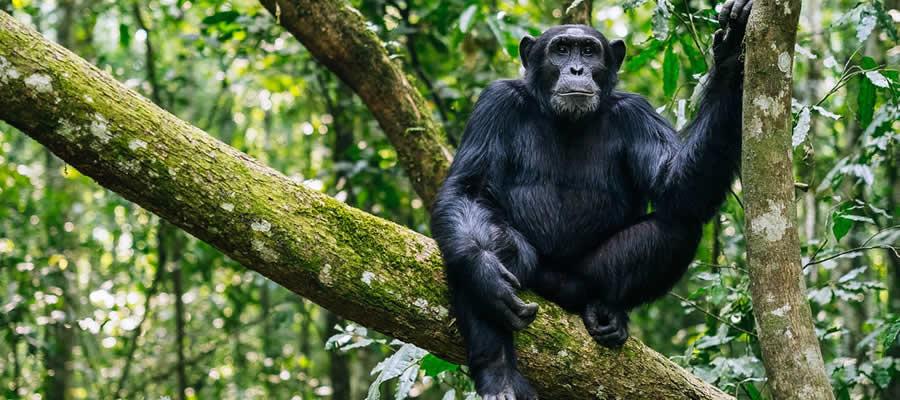Content
The Kibira National Park, located in Burundi, is a natural treasure that houses lush forests, impressive waterfalls, and rich biodiversity, making it a unique destination for nature lovers.
Introduction to Kibira National Park
Located on the highest peaks of Burundi, Kibira National Park covers an approximate area of 400 square kilometers, spanning four provinces of Burundi, near Rwanda’s Nyungwe National Park. This park contains vast mountain forests and impressive biodiversity. With its rich history and cultural heritage, this park offers a unique gateway to exploring the nature of Burundi.
Flora and Fauna of Kibira National Park
Kibira National Park is known for its diversity of flora and fauna. Home to several endemic species and a variety of wildlife, the park is a paradise for nature lovers and scientists alike.
Geology and Geography of the Park
The geological formations and unique geography of Kibira National Park add another layer of interest. From its rivers and basins to the unique landscapes that unfold with every step, the park offers a fascinating blend of natural wonders.
Ecology and Conservation in Kibira National Park
The rich ecology of the park faces significant challenges, including the impacts of climate change and human pressure. However, ongoing conservation efforts seek to preserve and protect this vital environment for future generations.
Visiting Kibira National Park
Visiting Kibira National Park is an unforgettable experience, filled with breathtaking panoramic views, biological diversity, and an encounter with wildlife. To make the most of your visit, there are several aspects you should consider.
Best time to visit the park
Firstly, the best time to visit is during the dry season, which runs from June to September and from December to February. During these periods, the roads are more passable, and observing the park’s fauna becomes easier.
Recommended activities
Regarding activities and tourist attractions, there are several options available. Nature enthusiasts can enjoy guided jungle hikes, bird watching, and primate observation, including chimpanzees and monkeys. The panoramic views from the park’s heights are simply stunning and provide excellent photography opportunities.
For those interested in local culture, visits to local communities are an excellent way to learn about their daily lives and their relationship with the park. Additionally, purchasing local crafts can help support the local economy and park conservation.
It is essential to remember that Kibira National Park is a protected natural environment. Therefore, all visitors must respect the park’s rules, including not littering, not feeding the animals, and staying on designated trails. This way, we can ensure that the park remains pristine for future generations.
Culture and Local Communities
Local communities have a deep and enduring relationship with the park. Through their culture and way of life, they bring a unique touch to the experience of Kibira National Park and are at the forefront of community-based tourism projects.
Practical Guide for Visitors
Planning a visit to Kibira National Park involves considering several practical considerations. This guide will help you prepare for your trip and ensure that your experience is both enjoyable and respectful of this wonderful natural environment.
How to get there: Kibira National Park is located in the northwest of Burundi. International visitors typically arrive through Bujumbura International Airport and then take a road to the park, which is a few hours away. Car rental services and taxis are available, but guided tours can also be arranged through local travel agencies.
Accommodation and dining: There are several accommodation options near Kibira National Park, from luxury lodges to more rustic campsites. Many of these places also offer dining services, but it is also possible to find local restaurants in areas near the park. Remember that it is always important to book your accommodation in advance.
Park rules and regulations: Respecting the park’s rules is crucial for the conservation of its unique ecosystem. Visitors must stay on designated trails, not litter, not feed the animals, and maintain a low noise level to avoid disturbing the local wildlife. The use of drones may be restricted or require special permits, so it is important to check these regulations before your visit.
Overall, Kibira National Park offers a unique opportunity to immerse yourself in the rich biodiversity of Burundi and experience firsthand the wonder of its natural landscapes. With careful planning and respect for the park’s rules, your visit to Kibira will be unforgettable.











